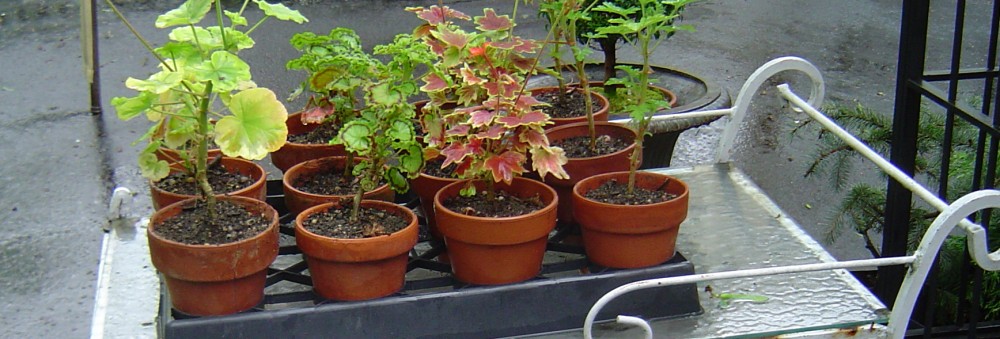Fall is so much busier than spring. Following winter, all the work is focused on getting the garden going. In autumn however, in addition to the myriad chores of putting the garden to bed, there is the urgency of reaping all the obvious and not so obvious benefits that come along.
In the last two weeks, the perennials to replace the ones that had been lost in the big drainage project have been planted. Some new ones were added as well – how could I not exploit the opportunity! Also, a friend’s generous gift of some native plants have found their home in the meadow. That about is all the planting that’s happening this season. Apart from the great big bulb planting in early November of course.
I’m behind in getting the greenhouse cleaned and readied to receive the winter guests. The guests meanwhile need to be spruced up with some cutting and trimming and then given a vigorous shower to rid them of dirt, debris and any pesky stowaways. It’s a process that requires some care and time. With temperatures dropping this week, I’m feeling the pressure to get it all done quickly. The greenhouse was attended to over the weekend and yesterday I began on the plants that will go into it. Clipping and shaping each one can be meditative so I quite enjoy the task. Not so much removing all the weeds that love to grow at the base of the plants. It always surprises me how easily weeds show up in pots. Power washing to clean both pots and plants can be fun on a mild day but I’m not guaranteed that this week. Fingers crossed that by weeks end this project will be completed.
In the midst of all the work, I’ve also been busy getting the larder stocked, creating some holiday decorations and setting aside inspiration for future watercolor paintings. As I removed the annual under-plantings from pots, I set aside the nasturtium plants – the leaves of which were collected and along with the last of the parsley turned into a delicious pesto. A couple of jars now dwell in the freezer – taste of summer for cozy winter meals.
Leaves from the trimmings of the rose-geraniums will be used for a most tasty drink – rose-geranium cordial with a splash of champagne or bubbly water makes for a fun and festive drink.
Bay leaves from the freshly coiffed bay standards have been set aside. I pretty much give them all away to friends who enjoy flavoring their culinary creations with them. I simply pluck them fresh as needed. This year, I’m saving a few sprigs to paint gold and insert them into the magnolia wreath.
Note: Earlier in summer, I’d trimmed the magnolia espalier, The surfeit of the beautiful leaves were preserved with glycerin and then used to make a rather lovely wreath. The gilded bay leaves will be inserted into this wreath and should make a nice counterpoint to the magnolia.
Finally, I cut the okra plants with the dried pods still on them. The pods look striking and will be models for my ongoing watercolor seedpod series. Once I’ve finished painting, they too might go on that magnolia wreath.
Separately, hydrangeas harvested last week are drying nicely and will adorn the mantel.
Such a satisfying thrill to be decorating for the holidays with gifts from my garden.
And now, back to the work of putting the garden to bed. Much needs to be done before the large shipment of bulbs arrive in time for planting. See how much busier it is in the Fall garden?







(c) 2024 Shobha Vanchiswar
[do_widget “Blog Subscriptions (Jetpack)”





































































































































